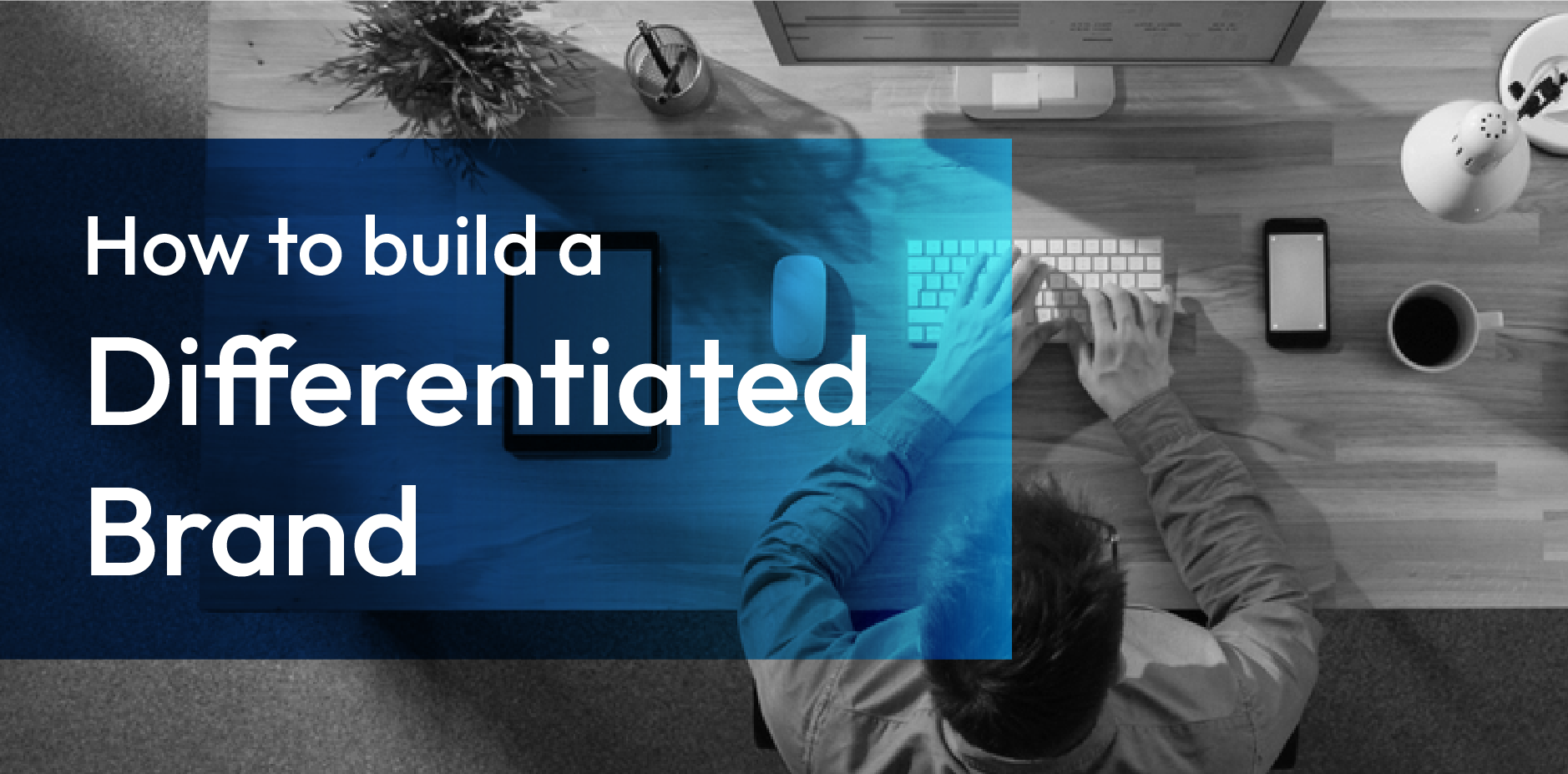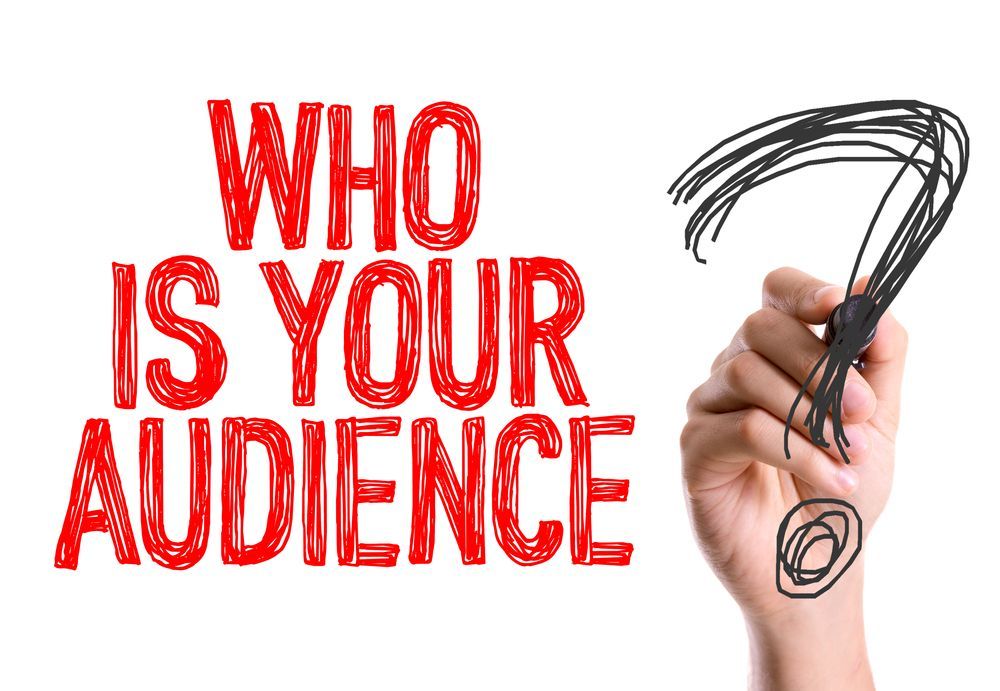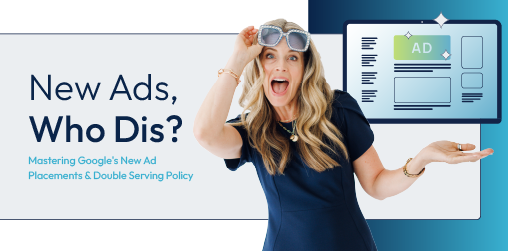How to Build a Differentiated Brand

Apple. Uber. Starbucks. Google. Walmart. Coca-Cola. Visa. Disney.
Each of these names represents an iconic brand, indisputable champions in their individual industries with dedicated followings. Diehard Coke fans gawk at the thought of drinking Pepsi, and most lifelong Apple customers would never consider another brand for their next phone.
However, most businesses are not Coke, Apple, Starbucks, or Uber, and marketers are faced with a branding dilemma – communicating high-quality products and services through a distinguishable brand.
Defining Your Branding Message
Your branding message is the “why” that drives what you do. Have you clarified this message? Do you know your “why”? Today, being unique is no longer optional. Bland brands often fly below the radar. Energy, creativity, and visual intrigue are required to distinguish oneself from the competition, and ubiquity throttles success.
Angela Ahrendts, the former CEO of a luxury clothes brand, shared about the transformation of Burberry into a global powerhouse in a 2013 Harvard Business Review Case Study:
The company had an excellent foundation, but it had lost its focus in the process of global expansion. We had 23 licensees around the world, each doing something different… There’s nothing wrong with any of those products individually, but together they added up to just a lot of stuff – something for everybody, but not much of it exclusive or compelling.
In luxury, ubiquity will kill you – it means you’re not really luxury anymore. And we were becoming ubiquitous. Burberry needed to be more than a beloved old British company. It had to develop into a great global luxury brand while competing against much larger rivals.
How can marketers build a differentiated and defined brand message? Start with two questions:
1) What is our unique value offering?
2) Who is our target market?
Don’t neglect these questions just because they’re familiar. They pack potent insight.

What is Your Unique Value Offering?
As business owners and marketers, we often fall into the trap of using and overusing “marketable” terms to define our organizations. These words are not bad – after all, who wouldn’t want to work with a trusted, client-centric, innovative, one-stop company? However, your unique value offering should differentiate you from your competitors.
One branding resource for financial institutions references “Category Benefits,” the bare-bones requirements for all companies in an industry. For example, all financial advisors should be fiduciary and knowledgeable. These traits are simply expected – but they aren’t differentiators. Refrain from using category benefits in your branding message.
The same branding resource uses the term “Opposing Categories” to represent the element that is unequivocally unique. In other words, what is your specialty?
To test the effectivity of your brand messaging, consider if another member of your industry could create an opposing category to yours. If not, you may be relying on category benefits to define your brand. For example, if your differentiator is “industry experience,” you competitor would never claim “industry inexperience” as their opposing category.
Who is Your Target Market?

Many business are eager to serve all clients, as if selecting a specific target market could ostracize prospective or current customers. In reality, companies should select a specific client focus, a “white space” that are not being served by your competitors.
When selecting your target market, consider demographics, geographics, psychographics, and behavioral traits.
- Demographics: gender, age, net worth, occupation, etc.
- Geographics: location, region, etc.
- Psychographics: interests, habits, attitudes, values, emotions, personality traits, activities, etc.
- Behavioral Traits: engagement with your organization, motivation, etc.
Finalize, Synchronize
Once you have defined your opposing category and market white space, an impactful and accurate branding message can be created. The next step? Synchronization. Your marketing plan must be in alignment with your brand messaging at every step of the customer journey.
RivalMind: Revitalize Your Brand
Branding can be complex, but it is absolutely crucial.
At RivalMind, we have a wealth of experience revitalizing – or completely reimagining – brand guidelines for companies in a multitude of industries. From colors and typography to imagery and marketing copy, we coalesce each element to form a holistic and compelling brand.
Are you interested in diving into the minds of our creatives? Get in touch at (331) 228-9396 or complete our online contact form. We look forward to starting a conversation.

Meet the Author
Matt Scroggs
CMO RivalMind
Hi, I'm Matt Scroggs, a digital marketing strategist. For two decades I served as the senior digital marketer for several global, iconic brands. Today, I'm the chief marketing officer at RivalMind, an agency 100% dedicated to helping companies thrive by driving transformational growth through innovative digital marketing. I'm also a lifelong Cubs fan, a faithful family man, and a web analytics junkie—relentlessly tracking conversions, loyalty, and advocacy, which are often as elusive as the pennant!
Specialties: Helping Businesses Grow, Marketing Strategy, Idea Guy
Looking for more organic website traffic?
Welcome to RivalMind. Our purpose is to help your business thrive. We are a digital marketing agency that offers SEO, PPC, Web Design, Social Media and Video Solutions as tools to our clients for online business development and growth.
Contact us today to get started!
Blog Contact Form
Connect with Us:




